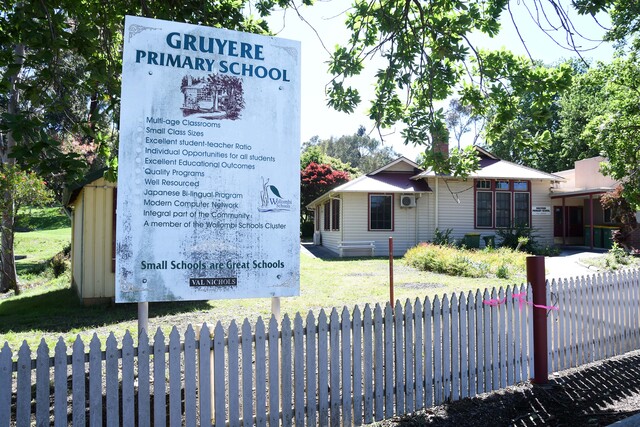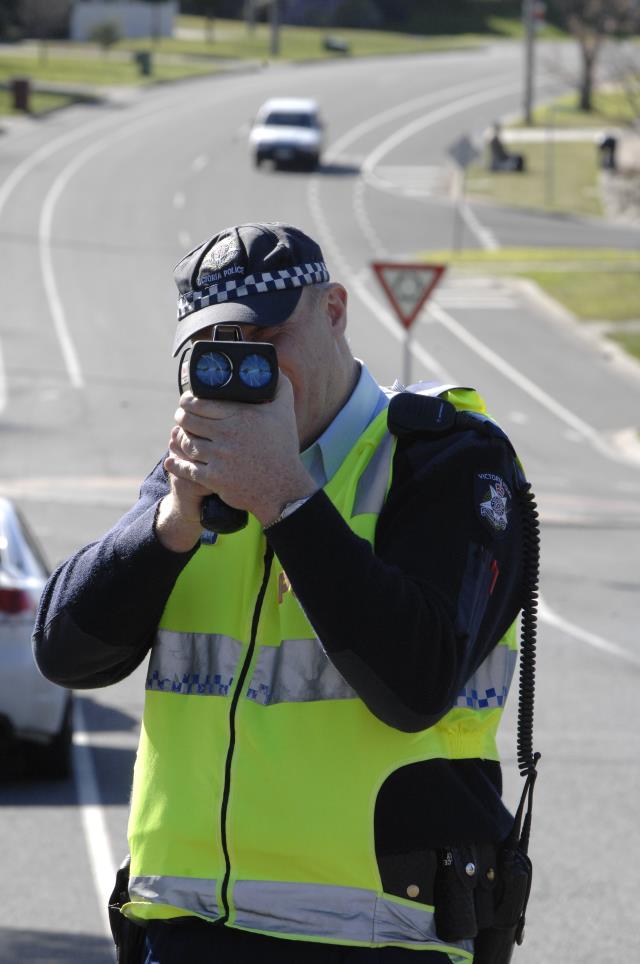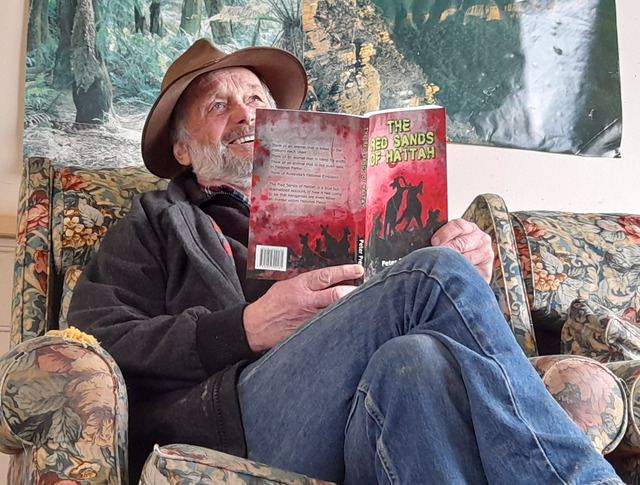By Kath Gannaway
RESIDENTS have voted in favour of charging all Victorians for making electric cables in high bushfire risk areas safer.
A meeting of the Powerline Bushfire Safety Taskforce (PBST) with residents and interest groups last week heard that Victorians would support burying the lines – if it were not for the cost.
And that cost, at $41 billion, would double average electricity bills.
Instead the meeting considered beefing up the lines’ safety with a mixture on laying them underground and improved insulation.
Those options would lead to more palatable bill increases of between 2 and 8 per cent.
Addressing the meeting at the Healesville RACV Country Club on Wednesday 1 June, convenor Tim Orton said that people’s ability and willingness to pay was a factor and burying all lines was not a viable option.
Residents and community groups from fire prone and affected communities in the Yarra Valley, Marysville Triangle and the Dandenongs attended the Healesville meeting, one of seven being held across the state.
The PBST has been tasked with advising the state government on two of the Bushfire Royal Commission’s eight recommendations to reduce the likelihood of bushfires being started by the electricity system.
Mr Orton said the State Government had committed $50 million to commence a 10-year process of replacing electricity poles and wires in the highest bushfire risk areas and the Taskforce’s job was to advise on how the money should be used to achieve that aim, and who should pay.
He said the government had committed to improved inspection and maintenance of poles and wires at a cost of around $3 on an average quarterly household bill.
Other measures on the table were to change the way the electricity system was operated in all non-metropolitan areas, including the possibility of cutting power on extremely high-risk days in high-risk areas, undergrounding or insulating overhead wires in targeted high-risk areas and stand-alone systems for users in sparsely populated areas.
Mr Orton said a survey and meetings has revealed the Taskforce was balancing competing objectives.
“People are saying they want a safe electricity supply that is less likely to start fires but, on the other hand, they are concerned about cost and reliability.
“Landowners are concerned about the extra imposition on their land, and environmentalists are concerned about clearing,” he said.
The survey indicated that people living in metropolitan areas were more likely to accept vegetation clearance than those living in the bush.
There was also a marginally higher acceptance of a more visible poles and wires system to reduce the likelihood of fires started by the electricity supply system in fire areas over the metropolitan areas, with the highest acceptance being the ranges.
It was noted that two mild summers since the 2009 bushfires may have influenced the responses to how much people are prepared to pay to reduce the risk.
With power prices expected to rise due to the proposed carbon tax, people’s responses on their preparedness, and their ability to pay, may also be different if a survey were taken now, it was pointed out.
A number of ‘packages’ were presented with various combinations of underground and insulation reflecting a cost to consumers of between the acceptable 2 and 8 per cent increase in power costs.
While there were various viewpoints on the acceptable level of reliability and environmental impact, there was overwhelming consensus on one issue; who should pay.
A show of hands was unanimous in declaring that the cost of any measures to mitigate the risk of bushfires started by powerlines, whether in metro-Melbourne and suburbs, or in the state’s high-risk areas, should be borne by all Victorians.
The final PBST meeting will be held at Benalla on Thursday 9 June.
The consultation paper is available online at www.esv.vic.gov.au and the PBST is encouraging interested people to make a submission to the Taskforce. Submissions close on Friday 24 June.
Everyone pays
Digital Editions
-

Expressions of interest open to revive Gruyere Primary School
Purchase this photo from Pic Store: 515534 Consultation is ongoing within the Gruyere community to see the town’s local school up and running again. The…





